The 2010s were a transformative period for how people communicated and interacted with each other worldwide.
Social media platforms, initially just places for personal conversations, grew into influential forces affecting politics, news, culture, and personal lives.
This time also saw a big change in how information was shared; people weren’t just reading or watching content, they were creating and distributing it themselves.
Social media skyrocketed during these years. In the US, the number of adults on social media went from barely 5% in 2005 to almost 80% by the decade’s end.
This wasn’t just an American trend; it was global.
Facebook, for example, expanded its users from about 1.5% of the world’s population in 2008 to 30% in 2018, showing a huge increase in how connected and communicative the world has become.
Decade of Social Media
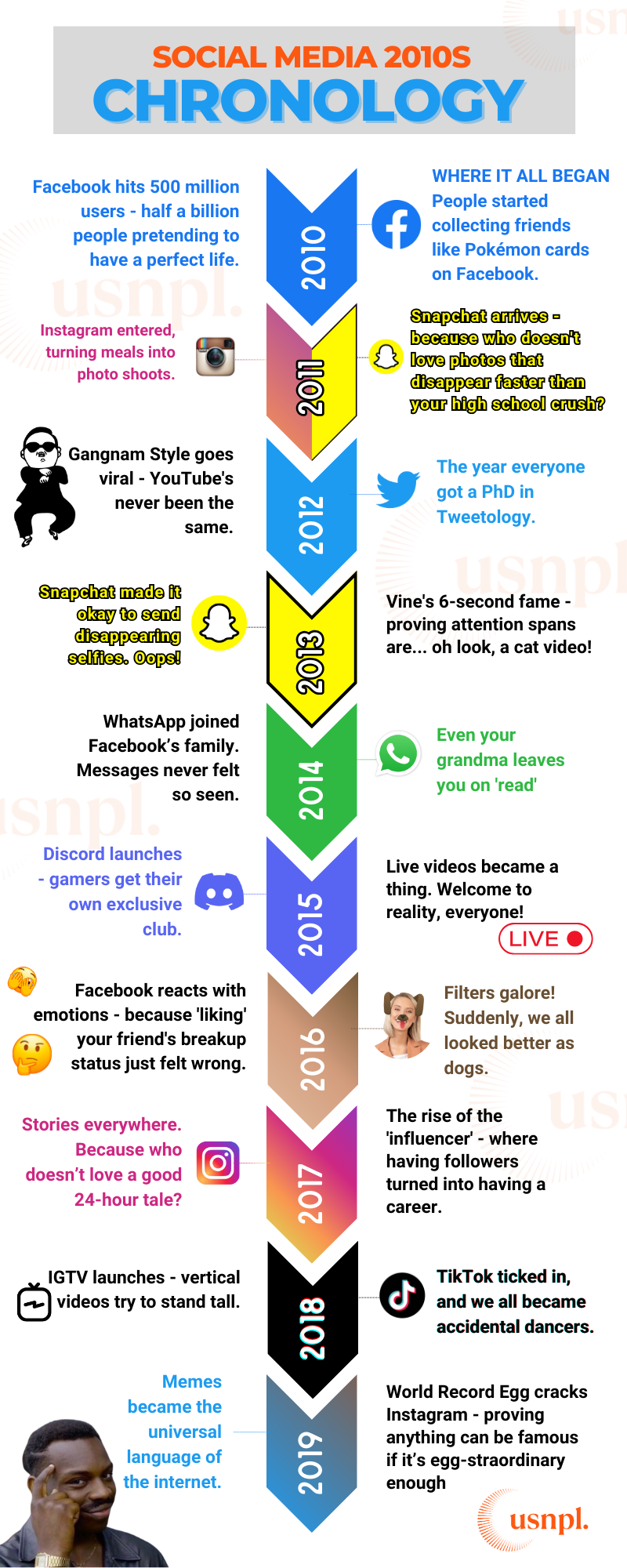
What happened in 2010?
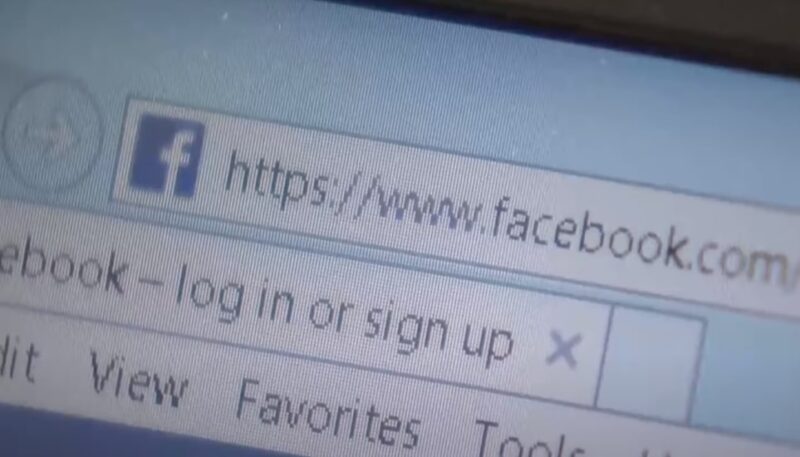
In July 2010, Facebook celebrated a big milestone by reaching 500 million users.
Then, on September 14, at 12:45 p.m. Pacific time, the social network hit an even more impressive number: 1 billion users, as revealed by a company fact sheet.
They didn’t share why there was a hold-up in announcing this massive achievement.
Facebook increased its market share from 21 % in 2010 to 27.9 % in 2011.
Twitter began showing ads in 2010, a major step in how these platforms would make money according to WIRED.
That same year, Kevin Systrom launched Instagram as a photo-sharing app. Quickly, its number of users jumped from 25,000 on its first day to 300,000 three weeks later. This was just the beginning, as Instagram would grow to have 2.4 billion monthly users today.
Pinterest also started in 2010, created by Ben Silbermann. It offered a different approach, focusing on visual content, and has maintained its popularity, with over 335 million monthly users now and went public in 2019.
The impact of social media went beyond business, as seen during the Arab Spring uprisings of 2010-2011. Twitter and Facebook played key roles in these protests, helping people communicate and organize. This period highlighted how social media was not just for personal use or business but had become a tool for social change and activism.
2011 – Year of Snapchat
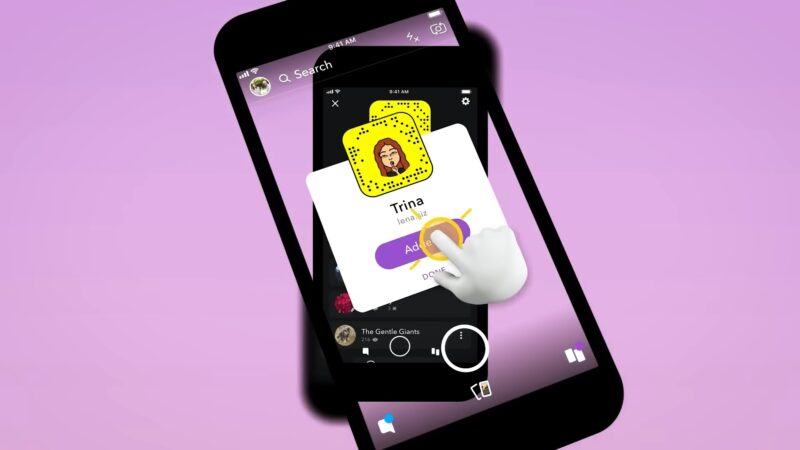
Snapchat, created by three Stanford students ( Evan Spiegel, Reggie Brown, and Bobby Murphy), brought something new to the table with its disappearing stories and location-based filters, quickly growing to 406 million users and redefining how we think about sharing moments.
In 2011, Facebook marked its seventh year with a bang by introducing the Messenger app, a big deal back when the platform had fewer than 1 billion monthly users. The “Like” button was still a fresh feature, and there was ongoing debate about the need for a standalone mobile app.
At the same time, Instagram was just starting out, quite different from what we see today. It was all about the charm of imperfect filters, daily photo challenges, and lots of iPhone 4 selfies—a casual space for staying in touch with loved ones.
YouTube, the go-to place for viral videos since 2005, made significant strides by adding live video services and analytics for creators in 2011, making it a richer platform for both viewers and video makers.
More than 50% of the content watched on Twitter involves videos and images.
On the business front, 2011 was busy. Microsoft acquired Skype Technologies for a hefty $8.5 billion, underscoring the value of video chat. LinkedIn made its stock market debut under the ticker “LNKD” with shares at $45, emphasizing its importance in the professional world.
That year also welcomed new players to the social media scene:
- Google+ – aimed to take on Facebook
- Keek – entered the mix
- Twitch.tv – became a haven for gamers with its live streaming services
2012 – The First Billion Views

2012 was a standout year for the online world, full of memorable moments and big business moves. Psy’s catchy hit “Gangnam Style” flew past Justin Bieber’s “Baby” to become YouTube’s top video by December, the first ever to reach 1 billion views. This record didn’t last forever, though, with “Baby Shark Dance” snagging the top spot in 2016.
In the business realm, Facebook made a huge leap by going public with a share price of $38, pushing its valuation to a whopping $104 billion. This set a new record for the biggest initial valuation of a company hitting the stock market.
That same year, Facebook broadened its reach by acquiring Instagram, folding the popular photo-sharing app into its growing family of platforms. This was a clear sign of the social media landscape getting more interconnected.
Snapchat introduced video sharing in 2012, adding 10-second videos to its features. This move was a game-changer for the app, setting the stage for its future as a key player in sharing moments instantly.
Tinder also came onto the scene, revolutionizing the dating game with its swipe-based approach to making connections. It introduced a whole new way for people to meet online, blending social networking with dating.
There were 1.43 billion social network users in 2012, with that said, it is a 19.2 percent increase over 2011.
Total amount of time Americans spent on social media through computers and mobile devices jumped by 37 percent to 121 billion minutes in July 2012, up from 88 billion minutes in July 2011 according to Nielsen.com.
2013 – Vine Vs Instagram
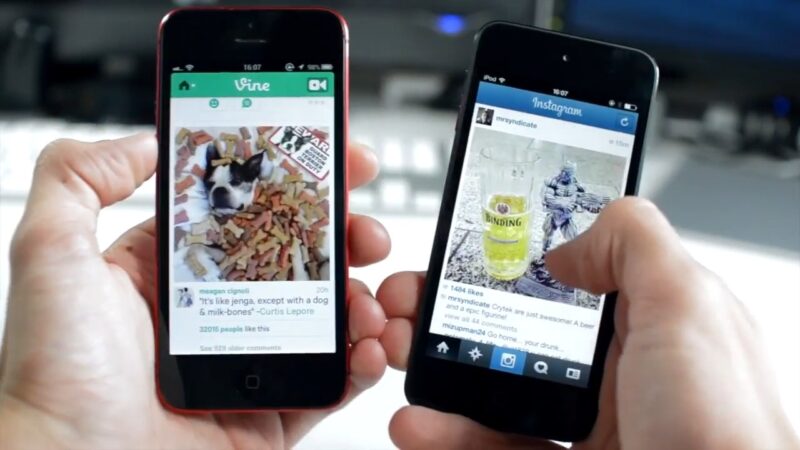
2013 was a year of significant evolution and expansion in the social media landscape, marked by notable launches, acquisitions, and shifts in user engagement. Vine, acquired by Twitter for $30 million, made its debut on January 24, introducing the world to the concept of six-second looping videos.
This platform quickly became a hub for creative content, propelling creators like KingBach to internet fame with over 15 million followers. Even celebrities like Josh Peck, Justin Bieber, and Ariana Grande joined the Vine craze, making it one of the most downloaded apps of its time.
Twitter itself took a major step by filing for its Initial Public Offering (IPO) and started trading on the New York Stock Exchange, with its shares closing at $44.90, valuing the company at around $31 billion.
Instagram, not wanting to be left behind in the video-sharing race, introduced its own video-sharing feature, marking its entry into the dynamic video content space.
The year also saw Tumblr’s acquisition by Yahoo! Inc. for $1.1 billion, highlighting the growing interest of tech giants in social media platforms. Other notable launches included Slack, an instant messaging service for professional use, Yik Yak for localized discussions, the controversial imageboard 8chan, and Patreon, which provided a new revenue model for content creators through subscriptions and crowdfunding.
Google Hangouts and Telegram expanded the options for messaging and video/voice calling, demonstrating the increasing demand for versatile communication tools. Meanwhile, Myspace attempted a comeback with a redesigned website and mobile app, aiming to regain its foothold in the social media domain.
Facebook’s dominance continued with 71% of online adults using the platform, a slight increase from the previous year. Despite this, Facebook faced challenges, particularly reports of declining interest among teens. This demographic shift towards newer networks led to concerns, eventually acknowledged by Facebook’s CFO during an earnings call according to Paw Research Center.
Snapchat emerged as a major player, with its user base sending 350 million snaps daily by the end of the year. Despite receiving multibillion-dollar acquisition offers, Snapchat remained independent, marking 2013 as the year it truly took off.
2013 saw Pinterest and Instagram introducing ads, while established platforms like LinkedIn and Twitter expanded their advertising models.
Myspace attempted a comeback with a new focus on music streaming, but despite initial interest, it struggled to maintain user engagement.
In 2014 – Year of The Youth
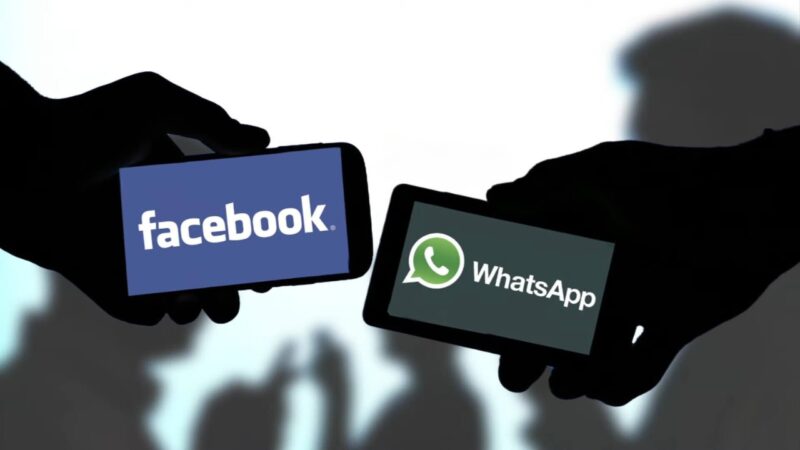
In 2014 Facebook was at the forefront, making headlines with its $19 billion acquisition of WhatsApp, signaling a big bet on messaging apps.
The use of social media on mobile devices rose sharply, with 40% of users logging in via mobile. This trend was so strong that Facebook noted 30% of its users accessed the platform solely through their mobile phones says Socialmediatoday.com.
Platforms focused on visual content, like Tumblr and Pinterest, saw rapid growth, reflecting a wider internet trend towards images and videos. Snapchat, popular for its disappearing messages, especially attracted the under-25 crowd, showing the appeal of quick, visual communication.
There was a noticeable age difference across platforms. Younger users gravitated towards Tumblr and Pinterest, while Facebook had a larger share of users over 45, making up 31% of senior citizens
The trend of using multiple social media platforms is growing, with 52% of online adults now active on two or more sites, up from 42% in 2013. Facebook sees widespread adoption among seniors for the first time, with 56% of those 65 and older on the platform, making up 31% of senior citizens according to this research.
Despite Facebook’s dominance, its declining organic reach raised questions about its future effectiveness for marketers. Meanwhile, YouTube dominated in terms of visits, with 85% of internet users stopping by monthly, showcasing its strength in video content.
Instagram is increasingly popular among young adults aged 18-29, with 53% using it and nearly half of those users logging in daily.
LinkedIn has hit a milestone as well, with half of internet users who have a college degree now using the site.
Pinterest is significantly more popular among women, with 42% of online women users compared to just 13% of men.
Fun Fact: The number of global internet users passed 3 billion in early November 2014
2015 – Gamers Years
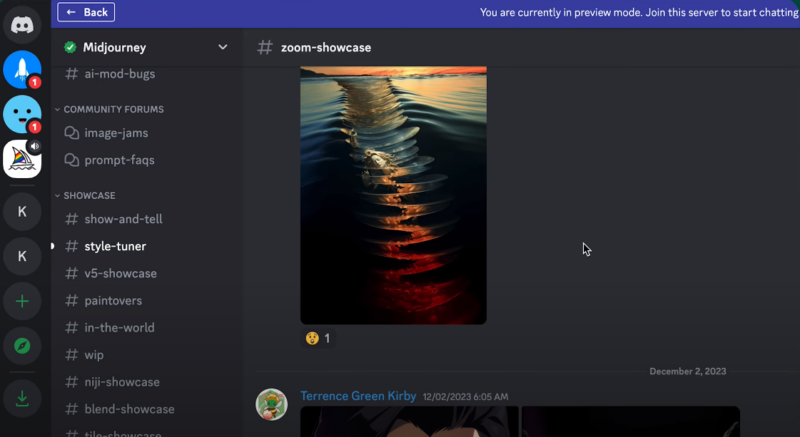
In 2015, Discord made its debut, offering a dedicated instant messaging and VoIP service for gamers, filling a niche in the gaming community that was previously underserved.
Facebook introduced live-streaming, a feature that would change the way content is shared and consumed on the platform, allowing users to broadcast live videos to their followers.
This addition came during a year when Instagram users began posting more frequently, with average posts per day increasing from 0.89 to 1.11, while Facebook’s posting frequency remained stable at 1.48 times per day according to Quintly.com.
Instagram saw a rise in video content, with videos making up over 10% of timelines, up from 6% the previous year.
Internet access continued to grow, with 42% of the global population online as of January 2015, a significant increase from 35% reported the previous year. This growth underscores the increasing reach and impact of the internet across the globe.
Facebook maintained its lead in the global social media race with 1.366 billion active users, and a noteworthy 83% of them accessing the platform via mobile devices, highlighting the shift towards mobile usage.
In China, Tencent’s Qzone dominated with 629 million active accounts, though it’s noted that some users hold multiple accounts, making the actual penetration of social media somewhat ambiguous. VKontakte remained the favorite in Russia and some neighboring countries, with around 100 million monthly active users. As per Socialmediatoday report.
Despite no major shifts in overall users from the fall of 2014 to the spring of 2015, certain platforms like Instagram, Pinterest, and LinkedIn saw an uptick in daily engagement among their users, indicating a deeper, more consistent integration of these platforms into users’ daily lives as it is highlighted in this report.
2016 – Start of Fake News
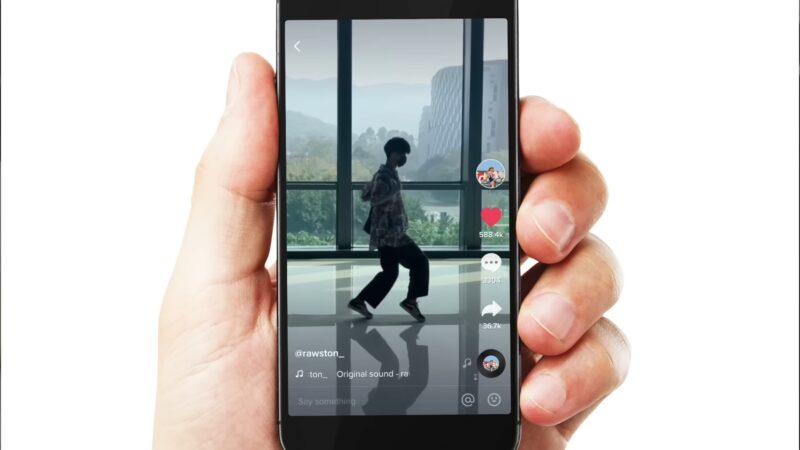
In 2016, the social media scene saw plenty of action. TikTok made its entrance thanks to ByteDance, offering a fresh way to enjoy short-form videos.
Around the same time, Instagram launched “stories,” letting people share quick snippets of their day without them sticking around on their profiles forever.
This feature took off, becoming a daily routine for 500 million users.
In a major business move, Microsoft acquired LinkedIn for $26.2 billion in December, signaling a significant shift in the professional networking landscape and showcasing the value placed on digital professional connections.
2016 wasn’t without its controversies, particularly for Facebook. The platform faced heavy criticism for its role in the spread of fake news during the U.S. election, challenging its reputation and forcing it to reconsider its content verification processes. CEO Mark Zuckerberg initially downplayed the issue, but pressure inside and outside the company led to the introduction of fact-checking measures. According to Martech.
They also admitted to several miscalculations in metrics, from video watch times to various other engagement metrics, calling into question the reliability of its data reporting.
Snapchat, rebranded itself as Snap Inc., demonstrating significant growth and ambition. Beyond introducing Spectacles, sunglasses that record video, Snapchat expanded its content offerings through partnerships for original programming and strengthened its advertising technology, signaling its evolution from a messaging app to a broader multimedia platform.
Despite these challenges and changes across platforms, Facebook maintained its dominance in social media, with 76% of its users visiting the site daily, up from 70% in 2015. This underscores Facebook’s enduring appeal, despite emerging competitors and internal setbacks.Higlighted by Paw Research Center.
2017 – Vine Falldown
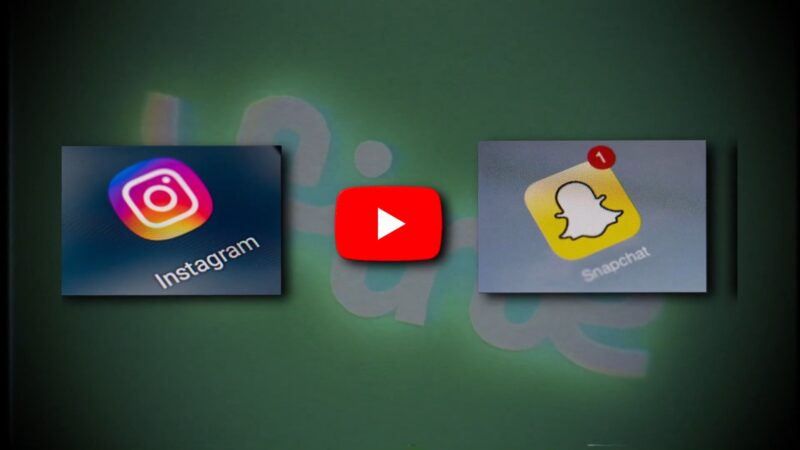
In 2016, we witnessed the end of Vine when Twitter announced its closure, turning the once-popular six-second video-sharing platform inactive by January 17, 2017, although users had the chance to download their videos.
By then, social media was a global phenomenon with nearly 2.8 billion people checking their accounts at least once a month, and a staggering 91% of them doing so through their mobile devices according to data from Datareportal.com
The battle between Facebook and Snapchat started.
Facebook tried to outdo Snapchat by integrating similar features like Stories and augmented reality filters, but not all attempts were well-received by users. Snapchat didn’t just sit back; it upgraded its ad platform to compete with Facebook’s, making it easier for brands to advertise and boosting its ad measurement tools.
Reddit, LinkedIn, and Pinterest also upped their game in the advertising realm. Reddit polished its ad tools to be more advertiser-friendly, LinkedIn introduced autoplay video ads and enhanced targeting for B2B advertisers, and Pinterest rolled out autoplay video ads along with more targeting options for ads. Says Tim Peterson from Martech.org
Despite these evolving platforms, Facebook remained the dominant source of news for many, with two-thirds of Americans using Facebook and the majority of them consuming news there. This translated to about 45% of all U.S. adults getting their news on Facebook. YouTube also emerged as a significant news source, with 18% of Americans turning to it for news, growing both in user base and as a news source compared to Twitter, where a smaller overall audience meant only 11% of U.S. adults got their news from the site.
By 2017: 3.77 billion people were online (50% global penetration), 2.80 billion were using social media (37% penetration), 4.92 billion were mobile users (66% penetration), 2.56 billion engaged with mobile social media (34% penetration), and 1.61 billion participated in e-commerce (22% penetration), illustrating the extensive reach and influence of digital technology across the globe as per this report.
2018 – Year of Highs And Lows
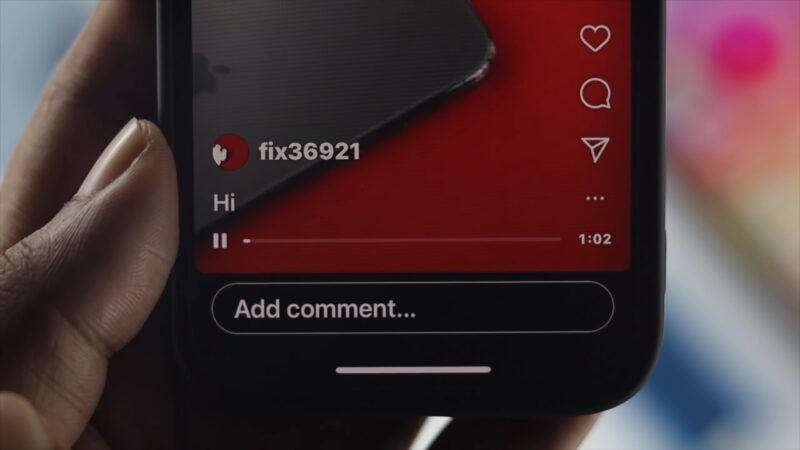
Google+ closed down after a data breach affected 500,000 users, ending its struggle to compete in the social media space.
Meanwhile, Instagram launched IGTV, letting users upload hour-long vertical videos and marking a significant moment in social media content creation.
Instagram also took over Snapchat’s crown as the go-to platform for teens, with the use of Instagram Stories by brands skyrocketing by 400%. The platform’s shift towards Stories highlighted a broader trend towards ephemeral content, signaling a change in how we engage online. According to Spiceworks.com
Influencer marketing hit its stride in 2018, moving beyond a niche strategy to become a crucial part of the marketing mix. This boom came with its challenges, including the rise of fraud through fake followers, engagement, and interests, reminding marketers to proceed with caution according to same source.
The enthusiasm for chatbots as a customer engagement tool cooled off, with brands realizing they might not be the game-changer they were expected to be, underscoring the ongoing need for solid data to inform social media strategies.
Social movements powered by young people, such as March for Our Lives and protests in Hong Kong, showed the power of social media beyond marketing, as a tool for political and social activism.
In the background, Yahoo! Messenger shut down, marking the end of an era for one of the early Internet chat services.
Digital growth continued, with internet users reaching over 4 billion, social media users climbing to 3.2 billion, and mobile phone usage rising to over 5.1 billion globally in 2018, illustrating the ever-expanding digital landscape we navigate daily.
2019 – Tik Tok Dominance

In 2019, Pinterest went public, showcasing its growth with over 335 million monthly active users.
The social media landscape that year was dominated by TikTok, which, after merging with Musical.ly in 2018, became a platform beloved for its comedic, dancing, and challenge videos.
It reached an impressive milestone with over 1.5 billion downloads. Among its stars, Charli D’Amelio from Connecticut stood out with 17.7 million followers.
Video content took center stage in content marketing, overtaking blogs and e-books as the most utilized form of media according to HubSpot. This shift underlines the evolving preferences of online audiences.
With the world’s population at 7.7 billion in 2019, the reach of social media was astonishing, engaging one in three people globally and capturing the attention of over two-thirds of internet users. Facebook led the charge with 2.3 billion users, followed by YouTube, Instagram, and WeChat, each boasting over a billion users. Tumblr and TikTok weren’t far behind, each drawing in half a billion users says report of Our World Data.
The increase in social media usage among US adults from 5% in 2005 to 79% in 2019 reflects a broader, global trend. Facebook, for example, grew from reaching 1.5% of the world’s population in 2008 to 30% in 2018, demonstrating the rapid spread of social media across the globe.
Mobile and internet usage also saw significant growth, with 5.11 billion unique mobile users and 4.39 billion internet users in 2019, indicating a continued expansion in digital connectivity. Social media users reached 3.48 billion, up by 288 million from the previous year, with 3.26 billion accessing social media via mobile devices, marking a more than 10% increase year-on-year. This growth underscores the integral role of digital platforms in modern life, connecting billions across the world. SIMON KEMP from Datareportal.
Finally
The future of social media is wide open.
Its short history shows us just how quickly it can change – through new technologies, financial pressures, and changes in what people like.
This could mean big changes for platforms like Facebook, Instagram, and Twitter.
Could they end up forgotten like Google+ and MySpace? Or will the next generation of tech innovators build on their success?
At the end of the day, people love to connect with each other, and business thrives on this interaction. These truths will keep shaping social media as we move forward into the future.
Methodology
Here’s how I did it:
My first step involved looking into authoritative sources to identify significant social media events and trends over the decade. I relied on expert analyses from institutions like Pew Research Center and Datareportal, and reputable publications such as Forbes and The Guardian.
I carefully selected sources based on their reliability, depth, and relevance to social media developments. My focus was on data on user demographics, platform growth, tech advancements, and social media’s broader impact.
I synthesized the information into a clear, chronological narrative, aiming to make it informative and readable for a wide audience range, regardless of their prior knowledge of social media history.
Throughout the article, I made sure to cite my sources to maintain credibility and provide readers with the option to explore the data further. I used a wide array of references to comprehensively cover social media’s impact over the decade.
References:
- Digital 2019 Global Digital Overview. Datareportal. https://datareportal.com/reports/digital-2019-global-digital-overview
- The Ultimate List of Marketing Statistics for 2020. HubSpot. https://www.hubspot.com/marketing-statistics
- A Look Back: The Most Important Social Media Trends of 2018. Spiceworks. https://www.spiceworks.com/marketing/content-marketing/guest-article/a-look-back-the-most-important-social-media-trends-of-2018/
- News Use Across Social Media Platforms 2017. Pew Research Center. https://www.pewresearch.org/journalism/2017/09/07/news-use-across-social-media-platforms-2017/
- 2017: Year in Social Media. Martech. https://martech.org/2017-year-social-media/
- Digital 2017 Global Digital Overview. Datareportal. https://datareportal.com/reports/digital-2017-global-digital-overview
- Social Media Update 2016. Pew Research Center. https://www.pewresearch.org/internet/2016/11/11/social-media-update-2016/
- 2016: Year in Social Media. Martech. https://martech.org/2016-year-social-media/
- Global Digital & Social Media Stats 2015. Social Media Today. https://www.socialmediatoday.com/content/global-digital-social-media-stats-2015
- Social Media Stats 2015. Quintly. https://www.quintly.com/blog/2015/12/social-media-stats-2015
- Social Media Update 2014. Pew Research Center. https://www.pewresearch.org/internet/2015/01/09/social-media-update-2014/
- Who, What, and Where of Social Media 2014. Social Media Today. https://www.socialmediatoday.com/content/who-what-and-where-social-media-2014-infographic
- Social Networking 2013. Pew Research Center. https://www.pewresearch.org/wp-content/uploads/sites/9/2013/12/PIP_Social-Networking-2013.pdf
- Twitter IPO Review. Gainy. https://www.gainy.app/ipo/twitter-ipo-review
- Social Media Report 2012: Social Media Comes of Age. Nielsen. https://www.nielsen.com/insights/2012/social-media-report-2012-social-media-comes-of-age/
- Worldwide Social Media Usage Trends in 2012. Search Engine Watch. https://www.searchenginewatch.com/2012/12/26/worldwide-social-media-usage-trends-in-2012/
- Facebook Prices IPO at $38 Per Share. Forbes. https://www.forbes.com/sites/tomiogeron/2012/05/17/facebook-prices-ipo-at-38-per-share/?sh=723edaf0728a
- Microsoft Buys Skype: Biggest Gamble Yet. The Guardian. https://www.theguardian.com/technology/2011/may/10/microsoft-buys-skype-biggest-gamble-yet
- Evolution of Social Media. Online Maryville University. https://online.maryville.edu/blog/evolution-social-media/
- Twitter Unveils Ad-Supported Business Model. Wired. https://www.wired.com/2010/04/twitter-unveils-ad-supported-business-model/


